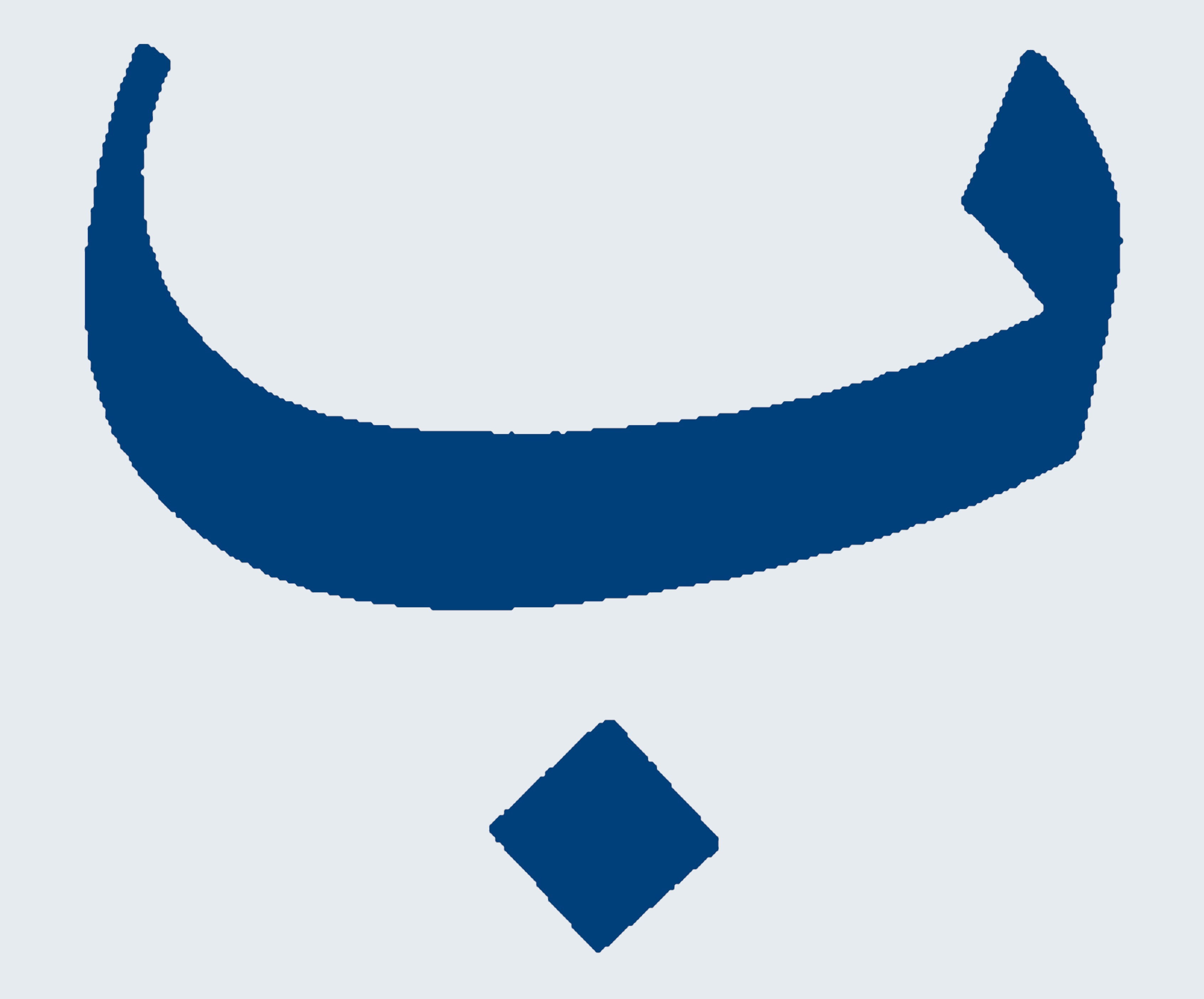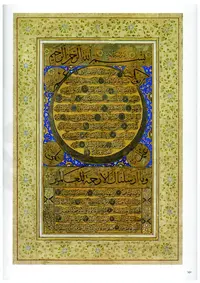Writing as Intermediary. Text-Image Relations in Early Modern Islamic Cultures
The tension between the prohibition of images, based on religious arguments, and the handling of figural representations in the secular sphere of Islamic culture has triggered a number of recent studies that have begun to elucidate the character of images under the auspices of the pictorial turn, visual culture studies, and Bildwissenschaft. While an extended notion of "image" is asserting itself in this discussion, the part that calligraphy played in this context requires further research.
“Writing as Intermediary” aims at exploring the ambiguous, even hybrid, character of Islamic-Arabic calligraphy between text and image. It deals with two aspects of calligraphy, with a focus on early modernity.
First, the potential that Muslim authors, and, by the same token, calligraphers themselves, attributed to calligraphy in terms of aesthetics and virtue, is to be fathomed in Arabic and Persian sources from the 15th-17th centuries. Calligraphic handbooks and albums, as well as biographies of calligraphers, can yield new insight into the way in which religious norms were negotiated and shaped into artistic creations. They can inform us about the way in which artists and their patrons were thinking, and how religious concepts formed a background for calligraphic art.
Second, the innovation of the hilye single-leaf graphic as a characteristic product of Ottoman piety and calligraphy in the late 17th century requires explanations in several respects. An analysis of various hilyes, as well as additional textual and visual material, will address questions of norms and variation, the preferences along which the textual substance and graphic form of the hilye developed, and the socio-religious context that framed this development and use.
This research is based on previous studies in various fields of Islamic art. While the materials and methods of both parts of the project are partly complementary to each other, both will be dealing with very similar questions about the iconic character of calligraphy and its graphic arrangement, and the way in which religious statements about art were valued, delimited or negotiated. Besides, the historical anchoring of both parts of the study will form a basis to discuss the question to what degree the development of calligraphy can be linked with general conditions of “Islamic” culture, or how it was tied to specific historic situations. Besides, the questions of individual artists are discussed, with regard to the part that the theoretical discourse on calligraphy attributes to them, but also on examples of innovation in the development of the hilye. In sum, the analysis of calligraphic literature and the calli-graphic works of the hilye is meant to fill some existing gaps in the study of Islamic visual culture, and to contribute to a history of the gaze in the Ottoman Empire and in neighbouring Islamic cultures of the Early Modern period.
An international conference titled “Writing as Intermediary. Text-Image Relations in Early Modern Islamic Cultures” was held at the University of Bamberg on 10-12 October, 2019

